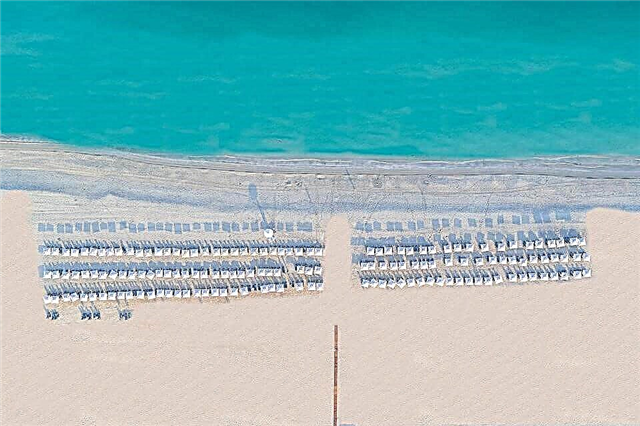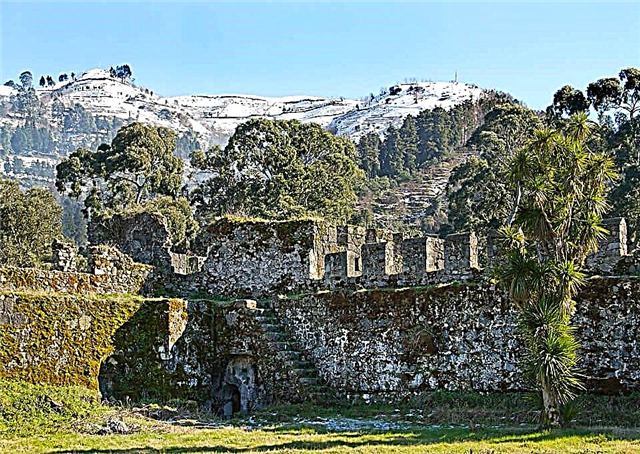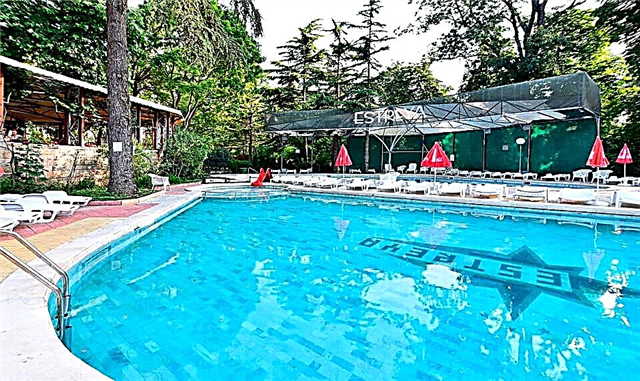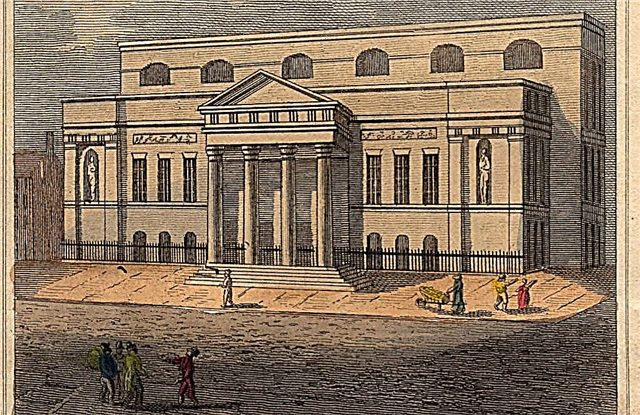A statue of a young ballerina on Beauvais Street in the UK capital bows its head in front of the façade of a building whose history is worthy of everyone's attention. Covent Garden, so simply called the whole complex in the area of the same name, owned by the Royal Opera House. Largely thanks to this magnificent architectural ensemble, London has become one of the centers of the world theatrical art.
History
Opening of the first theater
Until 1731, this territory was occupied by the city park and the adjacent convent of Westminster Abbey. Designed by James Shepherd and Venice-based artist Jacopo Amigoni, who designed the interior, John Rich built the first theater. At that time, the dimensions were quite impressive, the hall could accommodate 1897 spectators. The opening ceremony took place in December 1732 with W. Kongriv's comedy "So they act in the world." The artists carried John Rich onto the stage, where he was bathed in applause, welcoming the emergence of such a major cultural institution.
You may also be interested in other articles:
- Sherlock Holmes Museum in London
- Albert Hall in London
- Schools in London for Russians
- Madame Tussauds London
- Where to go for a day from London
- Westminster Abbey in London
- London itinerary: in the footsteps of Jack the Ripper
As host, John Rich was a true tyrant for the troupe, demanding and strict. A lot of legends and all sorts of fables about him live within these walls. The performances were successful and brought in a good income.

One of the first authors of serious musical productions on this stage was Handel. Most of the works written by him since 1735 were first played at Covent Garden. He was friends with Rich, and after his death in 1759 he bequeathed his organ, which was placed in the hall. On September 20, 1808, a terrible fire broke out in the building, which destroyed both the great composer's manuscripts and his instrument. More than twenty firefighters died under the destruction.
Second theater architect Robert Smirk
Robert Smirk worked on the plan for the second theater, the construction of which began immediately. He was a very famous architect in England, famous for the creation of many significant London buildings. Just three months after the incident, the Prince of Wales (future George IV) laid the first foundation stone.
Guide: London for 3 days - for those who want to have time to see the most interesting places.

The opening of the Melpomene temple was marked by Shakespeare's play "Macbeth" on September 18, 1809. The renovated hall was enlarged in size, accommodating 3000 spectators, and admired with a dizzying finish. Its rapid construction required considerable financial investments. Based on this, ticket prices were also slightly increased. The audience was outraged, and for two months disrupted the performances, which created unbearable conditions for the actors. Ultimately, the administration gave up, everything became the same.
In 1847, when the Italian Opera troupe, which had previously performed at the Haymarket, joined the cast, and the hall was redesigned by Bendetto Albano, the season was opened with Rossini's Semiramis. Covent Garden was now called the Royal Italian Opera. Many of the greatest creations of glorious composers have seen the vaults of this hall. But on March 5, 1856, the theater caught fire again, the roof collapsed after about half an hour.

Only a year later, funds were raised for its restoration.
The third theater in the spirit of the Italian Renaissance
The third theater designed by Edward M. Barry was built at short notice by Federico Guy. In six months, the building has grown in the spirit of the Italian Renaissance. From the previous one, only two remarkable bas-reliefs on the facade remained. Meyerbeer's Huguenots opened the renovated theater on May 15, 1858. And in 1892, when the number of operas in other languages began to be given as much as in Italian, Carpet Garden was renamed the Royal Opera House. Life was in full swing under its roof all year round. Between seasons, lectures, political speeches, balls were held here, films were shown.
Theater during the wars
It was only during World War I that the building was used as a warehouse. During World War II, there was a dance hall here. With great difficulties, ballet returned to the famous stage in 1946. On February 20, the theater was staged "The Sleeping Beauty" by P. Tchaikovsky. The success of the opera and ballet collectives was growing, and the building was dilapidated, and no longer satisfied the needs of the public and artists. In 1997, the troupe went on tour, and the theater was closed for renovation.

Covent Garden today
In 1999, Covent Garden reopened its doors to guests, expanded, modernized and beautiful. The stage has expanded, a backstage space has been added, and modern computer equipment has been installed. Two small halls, studio for rehearsals, office space, bars for spectators, a luxurious restaurant.
Excursions for tourists
For those wishing to get to know the wonderful world of the inner life of the theater, excursions are now organized. To watch the preparations for the evening performance, or visit the Royal Lounge, see the workshop for the production of scenery and costumes, you can visit one of the tours offered, paying about £ 12. The whole family on Sundays, guests get acquainted with the peculiarities of theatrical professions. Rising stars often give free concerts, invitations to which must be booked in advance.

The Royal Opera House in Covent Garden is crowned with its highly artistic productions and has great authority in theatrical circles. He gave a start in life to a large number of world-class stars. It is also a stunning piece of architecture in London.
[tp_calendar_widget origin = MOW destination = LON responsive = true subid = ”koventgarden”]
How to get a visa to the UK on your own - read our article.











